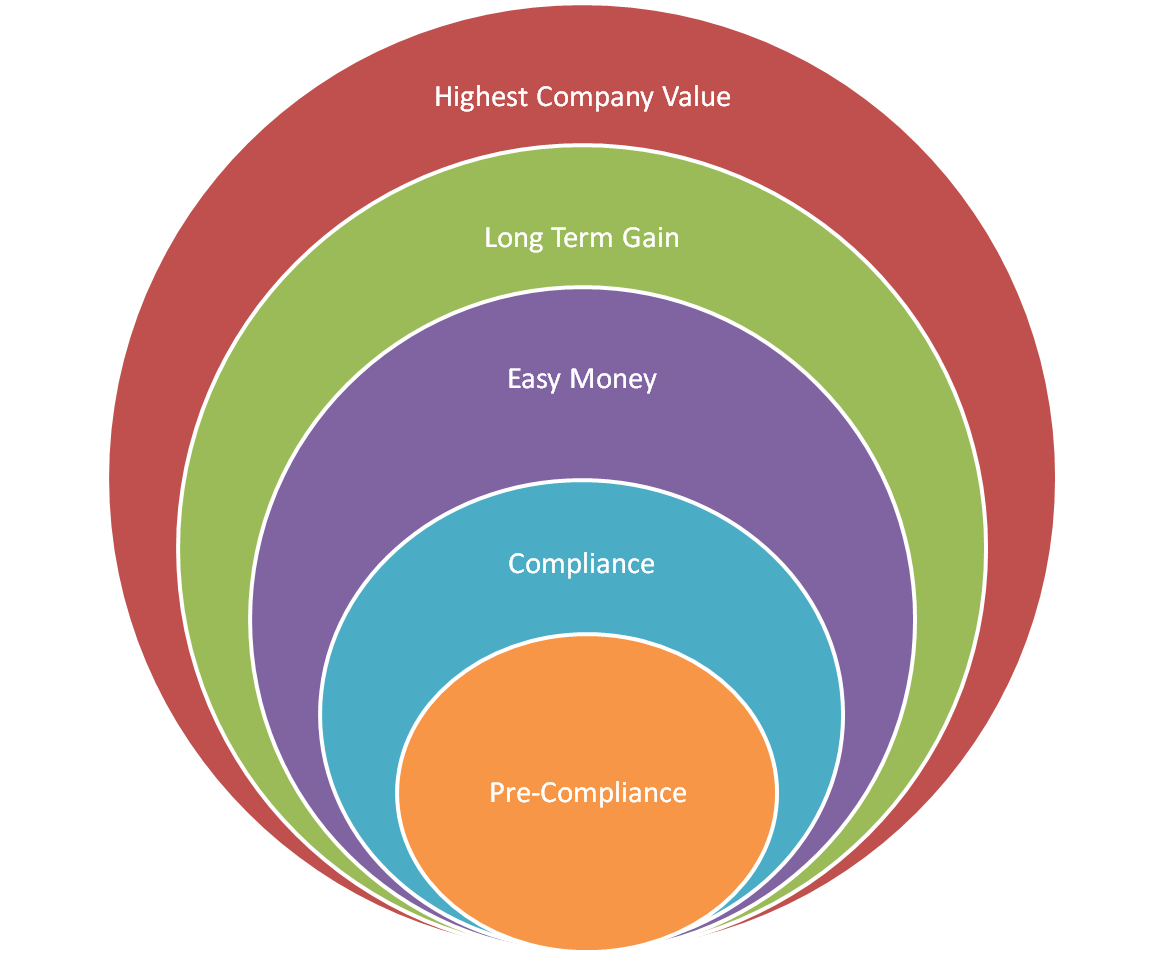High ROI on Sustainability
/
Again, proof by the biggest capitalists that sustainability pays big ROI.
Bloomberg just produced its third sustainability report. This is the first one to be made public.
My favorite highlight is that for every $1 spent on sustainability they have seen $2 in savings in operating costs, which goes directly to the bottom line profit.
Bloomberg is reporting using the Global Reporting Initiative standard. I congratulate them on their transparency as a leader in the business community.
According to the website "Sustainability combines corporate citizenship, risk management and strategic opportunity – driving our operating costs down, our revenues up, and influencing wider adoption of sustainable practices across the business community."
I don't care what school of business you went to, costs down and revenues up is a good thing.
To see the full report go here: http://www.bloomberg.com/about/sustainability/#report_1






